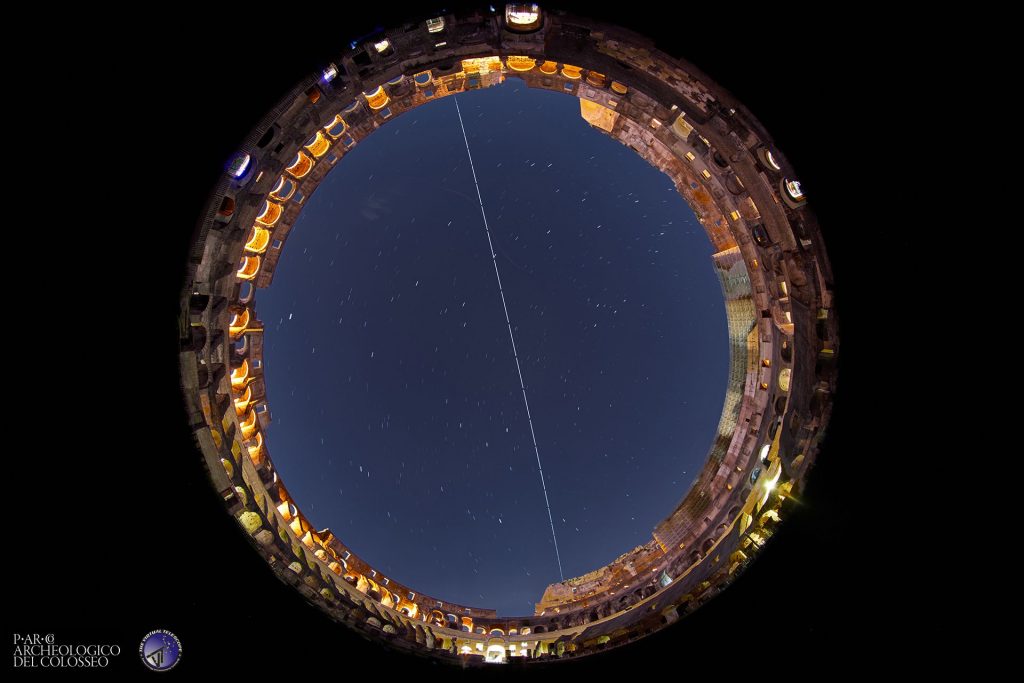From Earth, photographing the International Space Station is difficult. When viewed from below, the station is a little dot of light traveling at around 17,500 mph (28,000 km/h). Consider that dot flying directly over Rome’s Colosseum, and you’ll understand why a new image is a “once in a lifetime” event, read the story in CNET.
The Virtual Telescope Project, led by astronomer Gianluca Masi, cooperated with the Parco Archeologico del Colosseo to capture the ISS traveling over the Colosseum on Dec. 6. The image is a wild upward view, with the historic amphitheater’s walls appearing in a circle and the International Space Station (ISS) visible as a streak of light in the night sky.
Masi also provided an annotated version of the photograph, which included constellations from Pegasus to Ursa Minor marked and labeled. The International Space Station may be seen as a streak of light in the fading sky in this photograph. The photographer, Gianluca Masi, claimed that viewing the starry sky with thousand-year-old walls depicting ancient constellations as well as the modern space station was a once-in-a-lifetime experience.
The Colosseum is a 2000-year-old structure. For more than two decades, the International Space Station (ISS) has been in orbit. The age of these two is vastly different; one is on the ground, while the other is circling in space. Despite this, when both were captured in a photograph, people were enthralled by their beauty. This image depicts the distance traveled by a man from the past to the present.
The International Space Station is a facility designed to conduct research and monitor space from outside the Earth’s atmosphere. On November 20, 1998, it was placed in its closest orbit to Earth. Many international space agencies collaborated on the construction of this space station. The International Space Station (ISS) is being built by NASA, Russia’s Russian Federal Space Agency (RKA), Japan Aerospace Exploration Agency (JAXA), Canada’s Canadian Space Agency (CSA), and the United European Space Agency (ESA). Apart from that, numerous countries’ space agencies collaborate with the ISS on a regular basis.

